The Truth Behind What Vikings Were Really Like

Today, many people think of Vikings as a brutal culture consisting of hulking blonde men who raided villages and slaughtered everyone in their path. This larger-than-life persona also encourages the belief that Vikings were especially cruel in warfare.
It’s certainly true that stories of terrifying Viking raids weren’t invented from thin air, but the truth has been distorted over the years, leading to several misconceptions about Vikings. They were a diverse group of people who did a lot more than pillage villages. It’s time to learn the truth about the Vikings and separate the fact from fiction.
Vikings Appreciated Art
Modern people often think of ancient humans as less intelligent individuals who led boring lives. As the misconception goes, these people had simple lifestyles and spent their whole lives hunting, farming and gathering food, with little time left for recreation, entertainment or creativity.

In reality, the Vikings were very creative. Ornate jewelry made with precious metals has been found in areas where the Vikings lived. Storytelling was also important to them. If that’s not enough, the wildly cool Viking ships are a great reflection of the culture’s appreciation for creativity. Bows and sterns on ships often had intricate figureheads, such as dragons and curls.
Vikings Had Great Hygiene
Unlike other groups of ancient people, the Vikings had great personal hygiene routines. They bathed regularly and had well-groomed hair. Combs, razors and tweezers have been found at Viking archaeological sites. Tools used to remove ear wax have even been found.
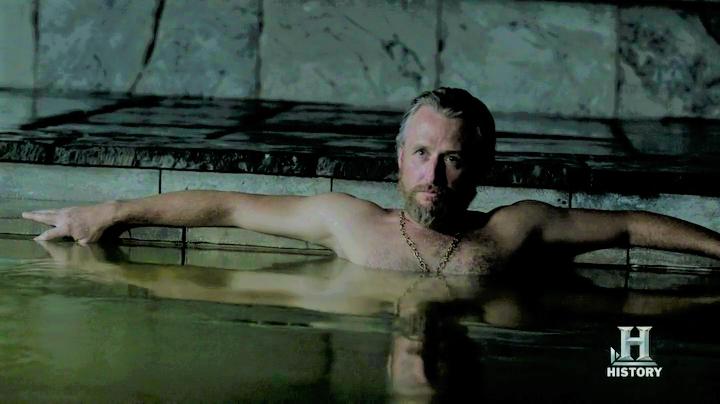
Their hygiene is a primary reason so many people from Britain have Viking ancestry. When the Vikings came to what is now Britain, marriages between Vikings and British women were common. The Vikings smelled good and had well-manicured beards. This was a big change from what the women were used to, and they liked it.
Vikings Didn’t Use Human Skulls for Cups
Vikings were fierce warriors, but they weren’t heinous. Many drawings show Vikings using human skulls as cups, but that was never customary among actual Vikings. This myth originated from a poor translation of an ancient poem. The poem was called Krakumal 25, and it was part of a series.
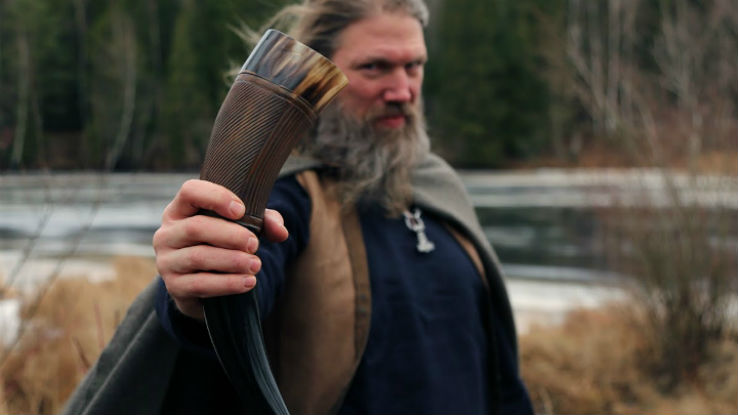
The Latin translation of the poem mentions a man who drank from “curved branches of skull.” That may sound like a reference to using a human skull as a cup, but context clues in the original language prove that it’s actually talking about drinking from a hollowed-out animal horn.
Viking Men Had Beauty Regimens
All Vikings certainly weren’t blonde, but blonde hair was a coveted beauty standard for Viking men. In fact, they may have been some of the first people in history to bleach their hair. They didn’t have modern bleach, of course, so they rubbed a lye mixture in their hair and on their beards.
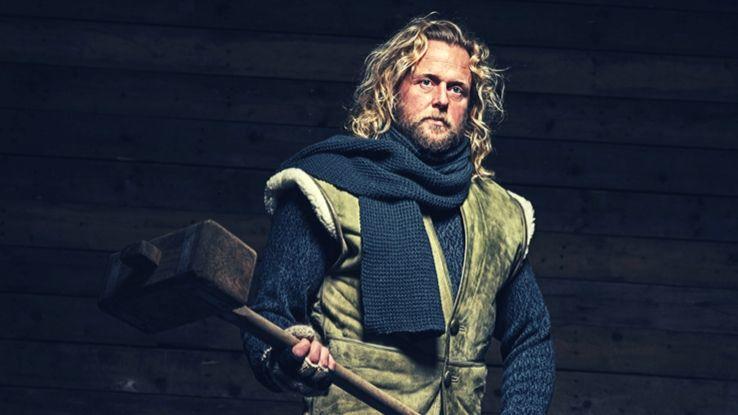
Raw lye is irritating to the skin, so they probably used some other substance to dilute the lye. In addition to bleaching their hair, lye helped them stay clean and kept parasites and bacteria from growing on their bodies. Vikings cared about their appearance just as much as modern people.
Vikings Participated in Slavery
The slave trade was a huge part of the Viking economic system. Under the law that most Vikings followed, thieves and murders were sentenced to a lifetime of slavery, so slaves sometimes came from Viking tribes. After raids, the strongest survivors were captured and sold as slaves.
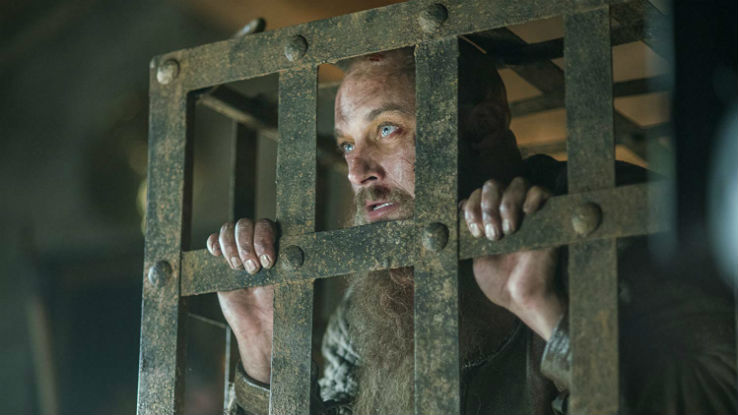
Most Viking slaves came from the modern-day United Kingdom. They had no rights and were legally considered to be equivalent to animals. Abuse of slaves was common and brutal in the Viking culture. Slavery declined in popularity when Christianity began to influence more civilizations.
Vikings Didn’t Pillage Every Village in Sight
Vikings didn’t set out to kill everyone in their path, although they did destroy villages at times. Their targets were often chosen based on opportunity, which is why they were notorious for attacking religious buildings. Monasteries were often completely isolated and unprotected, making them appealing targets.

If a village had gates, walls, guards or a moat, Vikings were more likely to move on to a place that was easier to conquer. It wasn’t their goal to colonize the whole world or to spread the Viking culture. They usually pillaged for economic reasons, and they sold or used the goods and the people they took.
Vikings Had a Lot of Fun
Vikings may have lived in a time when survival was a full-time job, but they still made time for fun. Many ancient civilizations of the world were serious subscribers to the “work hard, play hard” ideal. For Vikings, skiing was a common way to have some fun.

In fact, it was part recreation and part religion, one of the many gods they worshipped was Ullr, the god of skiing. In addition to being a lot of fun, it was also common for Vikings to use skis as a way to get from place to place. Instead of trekking through snow in primitive shoes, they could ski through it much faster.
Vikings Made a Portable Fire
We often think of ancient humans rubbing sticks together to make fire, but Vikings had a much more modern way of doing it. They must have had a chemist somewhere among them, because it’s pretty baffling to think about how they realized this worked.
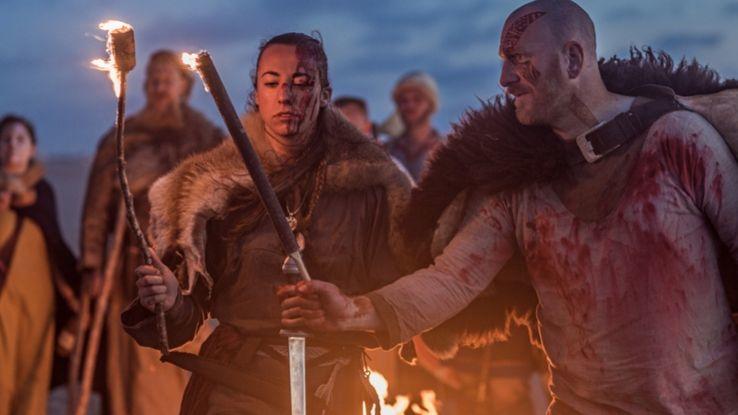
They boiled touchwood fungus in human urine for days until it became semi-solid. Then, the remains were rubbed into a cloth material. Once dry, that material could be used to start a fire, but the material itself would never burn. As long as the chemicals from the urine and fungus remained on the cloth, it could be used to start countless fires.
Not All Vikings Were Fierce
Despite all the wild stories, Vikings weren’t born fierce fighters. Some Vikings were in fact considered by their peers to be more pleasant than the rest. Not all vikings were warriors, as many were simple workers such as farmers, potters, and sculptors.

However, the modern English word “berserk” comes from a certain group of cruel Vikings who were known as Berserkers. Before a raid, Berserkers went into a trance to prepare. They were the fiercest and most violent fighters, often seeming like nothing could stop them. Historians aren’t sure whether the trance was caused by a pagan ritual, inebriation or some kind of ancient drug.
Vikings Didn’t Use Axes Very Often
Art involving Vikings usually includes them holding huge swords or axes, but that wasn’t true of the average Viking. Especially during a raid, smaller, less cumbersome weapons were more common. Swords, spears and knives were common weapons of choice, and some Viking tribes even used bows and arrows during raids.

Although swords were likely the most effective weapons Vikings used, they were extremely expensive to make. Swords could only be made by skilled craftsmen, and they required precious metals, which were hard to find. A Viking who owned a sword considered it his most prized possession — the fancier the sword, the richer the man.
The Wealthy Went to War
In many civilizations, the poorest people fight wars while the wealthy stay at home. It was just the opposite for the Vikings. People were primarily concerned with survival, and the poorest people’s days were consumed with farming and hunting to have enough food to eat.
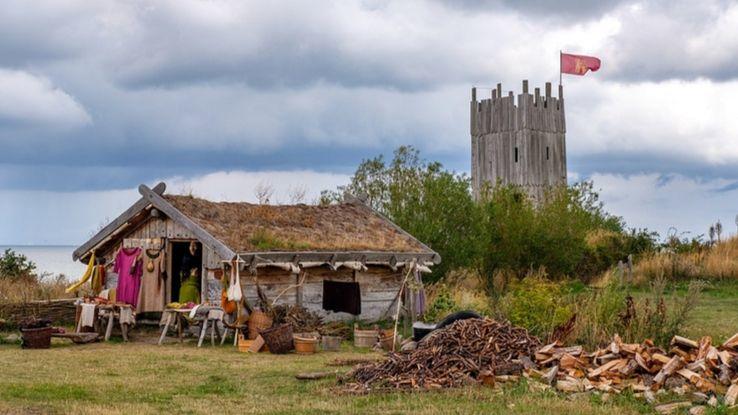
The wealthiest Vikings, who could afford slaves or hired workers for their farms, were the only ones who went on raids. The wealthy were also the only ones who could afford to buy swords and boats, which were extremely expensive. Poor Vikings had to spend their time working just to eat.
Women Had Rights
Vikings are often confused with barbarians, so it’s assumed that Viking women were treated poorly. Viking women were free to become warriors, and they had plenty of other rights that were extremely rare for women in history. In fact, Vikings gave women rights that most other “civilized” societies have only extended to women in the last couple of hundred years.

Women were active participants in business and could become wealthy without a man. They could reject opportunities for marriage without any recourse. They could also initiate a divorce and were often awarded money or property, rather than being left penniless.
King Harald Wasn’t the King of All Vikings
In 1066, Viking King Harald Hardrada lost the Battle of Stamford Bridge. This Battle was fought in England in the same area that is still known as Stamford Bridge today. Many historians view the loss as the official end of the Viking Age.

Because King Harald’s death was such a significant moment in the history of the Vikings, he is often mistakenly viewed as the king of all Vikings. In reality, King Harald was the King of Norway. He was both a Norwegian and a Viking, and the two were not mutually exclusive.
No One Called Them Vikings
Although there is a Swedish word, vikingr, that is often incorrectly associated with the Vikings, no one who lived during the Viking Age would have used the word Viking in reference to the people. Vikingr means pirate and is not a complete definition or the root for the modern term.

The term Viking was coined in the 19th century. During the Viking Age, the word was a verb used for raiding — they would go viking — and was never used to refer to people. Instead, Vikings were called Norsemen and Danes, depending on where their specific tribe was located.
Vikings Did Abandon Sick Children
Sadly, Vikings did abandon sick children, but the process wasn’t a flippant personal decision made by parents. To live the Viking lifestyle, men, women and children had to be strong and capable of doing hard work. If a child was weak and a burden, the child was presented to the village elders to decide whether he or she could live.

If the decision was unfavorable, the child was either killed or abandoned in the woods. As terrible as this sounds, Vikings weren’t the only culture with such a harsh practice. Spartans had a similar practice, and many ancient civilizations sacrificed healthy children for absurd reasons.
The Viking Impact on Modern History
One of the world’s most famous landmarks is the Louvre museum, and we have Vikings to thank for the iconic house of art being built. In 1190, the Louvre was built to protect Parisians from raiding Vikings. A well-built fortress was often enough to deter Vikings, who typically preferred easier prey.
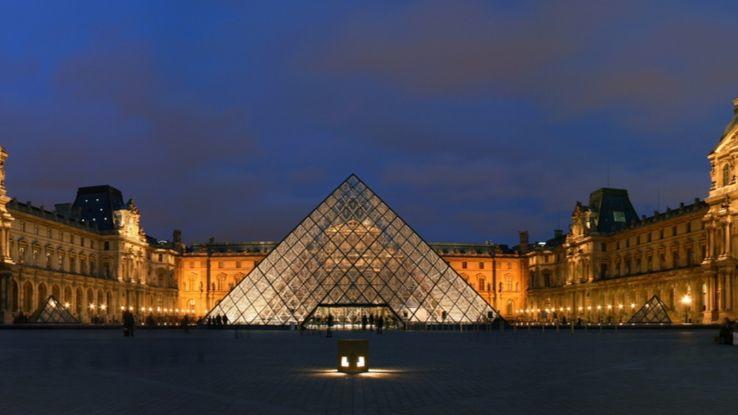
The large structure made sense because Paris had lost 5,670 modern pounds of silver due to Viking attacks nearly 300 years before that. Several Viking tribes worked together to transport more than 100 ships to Parisian ports and torture the city until their expensive demands were met.
Vikings Didn’t Wear Armor
You often think of medieval knights as wearing shining armor and chainmail, but Vikings kept things a little more natural. They lived relatively close to the North Pole, so reindeer were one of the many animals they encountered on a regular basis.
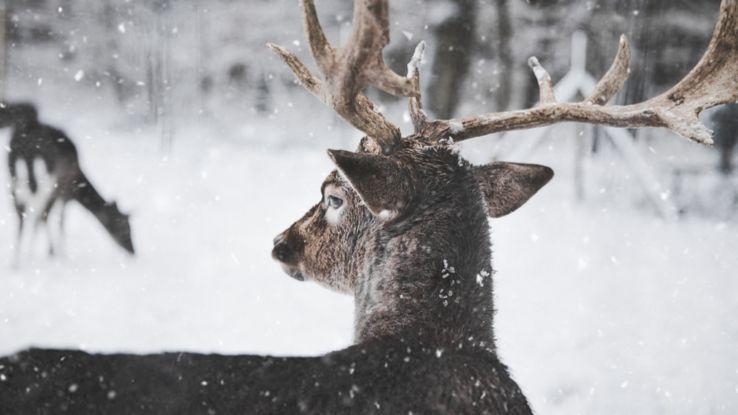
Instead of wearing suits of metal, which would have been hard to source and even harder to afford, Vikings protected their vital organs with dried reindeer hide. That’s part of the reason many modern images of Vikings depict them wearing fur and animal skins. Because reindeer hides form a single hard surface, they offered more coverage and protection than armor made of chainmail.
Vikings Raided for Survival, Not Fun
Because Vikings developed a reputation for destroying monasteries and killing priests, many historians assumed that Vikings raided in response to religious persecution. Deeper research indicates that Vikings actually raided simply to survive. The people lived in the Scandinavian region, which has harsh, cold winters.

The Scandinavian region didn’t provide enough food and other natural resources for the many Viking tribes, and that lack of resources was their primary reason for raiding other villages. Vikings also sold, bought and traded items with other groups to acquire more resources. Some Vikings eventually settled in other parts of the world.
Vikings Were Not Pirates
Some people think of Vikings as ancient pirates, but this false perception comes from faulty translation. The word Viking is similar to a Scandinavian term, vikingr, which means pirate. Many people assume that Vikings were pirates because of this similarity.

The term Viking actually comes from a completely different word. Vikings used their ornate, fast boats to sail from place to place, but it was very rare for Vikings to overtake other ships. After sailing to a destination, they usually got off the boat to pillage and capture prisoners. The similarity between the words Viking and vikingr is merely a confusing coincidence.
Not All Vikings Were Buried in Boats
Like many other ancient societies, Vikings believed a person’s profession during life had a strong bearing on them in the afterlife. They thought Vikings who were warriors would continue to be warriors in the afterlife. A boat to get from place to place was even more important than weapons to a Viking raider.
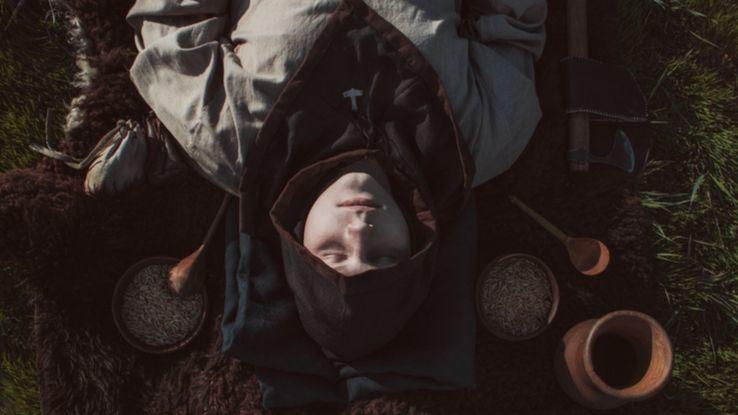
That is why prominent warriors and chieftains were buried in boats, and everyday people were buried in the ground. Like the ancient Egyptians, they placed jewelry, weapons, food and even servants who wanted to sacrifice themselves to join their employers in the afterlife around the dead body in the boat.
All Women Weren’t Warriors
Viking gender roles were certainly different than the historical standard of women being housewives and men being breadwinners, but Viking women weren’t usually warriors either. Stories about valiant female Viking warriors are so popular that it is sometimes assumed all female Vikings participated in war.

While Viking men were off on raids and fighting wars, Viking women stayed at home. They did everything necessary to keep the family and society going. In addition to cooking and cleaning, they took care of animals and did all the backbreaking farm work on their own. Female warriors, called Valkyries, were an exception to the rule.
They Didn’t Eat Often
You might think a group of people known for pillaging villages would consist of big eaters, but that’s not quite the case. Traditionally, Vikings only ate two meals a day. The first meal of the day was called dagmal, while the second and final meal was called nattmal.

Think of nattmal as dinner or supper — depending on where you live in the U.S. — and dagmal as breakfast. Dagmal was eaten before most of the work started for the day, and nattmal was eaten at the end of the day when all the work was finished.
Vikings Were (Kind of) Peaceful
People are often remembered for their worst behaviors. It’s a fact that Vikings pillaged and raided villages. Acts of violence, such as rape and mass murder, were part of the raiding lifestyle, but there was much more than that to Viking culture.
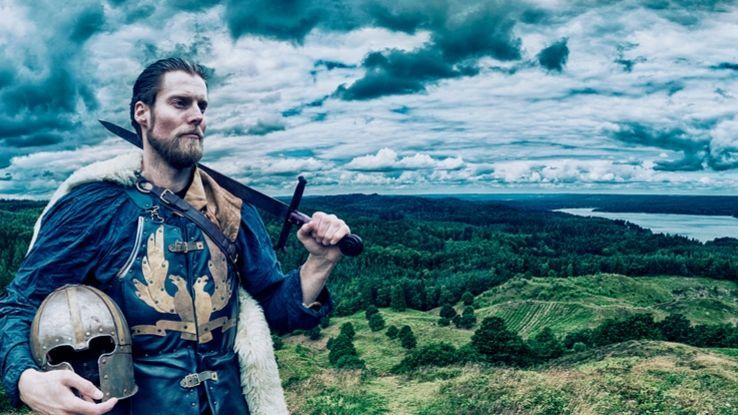
The Vikings lived at a time when all people were focused on survival. Everyone had to get enough food to survive, and they had to provide themselves with shelter. For the average Viking, food and shelter were the main focuses from day-to-day. Vikings who participated in raids were a small minority in the larger group.
Vikings Were Trash Talked by the Church
The scary Viking image was in many ways perpetuated by religion. Vikings lived at a turning point in human history. Modern religions, such as Christianity, where people serve one God and worship in a church, started gaining popularity at a time when the ancient pagan religions — characterized by sacrifices, temple worship and polytheism — were still thriving.

Vikings were certainly not monotheistic, and they were usually especially cruel to those practicing monotheistic religions. They were known for slaughtering entire monasteries, which made them especially offensive to the Catholic Church. As a result, unfavorable reports about Vikings were perpetuated by surviving clergymen.
Some Vikings Were Gingers
If you have red hair, you might have Viking blood. Although Vikings originated from Scandinavia, they didn’t all have fair skin, blonde hair and blue eyes as many believe. Red hair is common in people from the western side of Scandinavia, just as blonde hair is common for people in northern Scandinavia. Essentially, ginger Vikings were just as common as blonde Vikings.

This could also explain why red hair is so common in Ireland. Dublin, the modern capital of Ireland, was one of the many conquests of the Vikings. It makes sense that many of their red-headed descendants could still be living in Ireland today.
The Viking “Image” Comes from a 19th Century Picture
Modern people think of the Vikings as big blonde men who wore helmets with horns on them. Archeologists have yet to find a horned helmet that dates to the Viking era. This stereotypical misrepresentation has been linked to a drawing in a book published in the 19th century, hundreds of years after Viking civilization had ended.

The drawing was included in a book of ancient Swedish epics, which are often embellished. Gustav Malmstrom drew the pictures of a long-haired blonde man wearing a horned helmet, and that image heavily influenced the modern day image of Vikings.
The Vikings Didn’t Have a Single Country
The Maya and Inca civilizations are examples of ancient cultures with tribes that were still organized into a larger economic and governmental system. This wasn’t the case with the Vikings. Vikings lived in several small tribes, and although many of them traded together, they didn’t use one overarching governing system to rule them all.

Collaborative raids were very common among larger groups of Vikings, but each group had its own land and way of doing things. Rather than having one Viking king, many Viking chieftains ruled over smaller tribes. In theory, Vikings may have even raided other Viking settlements.
Some Vikings Lived in North America
Recent archaeological discoveries prove that the Vikings traveled farther than most people thought. They are known for traveling to distant lands and making conquests. The civilization started out in the Scandinavian region but quickly spread to other parts of the world.
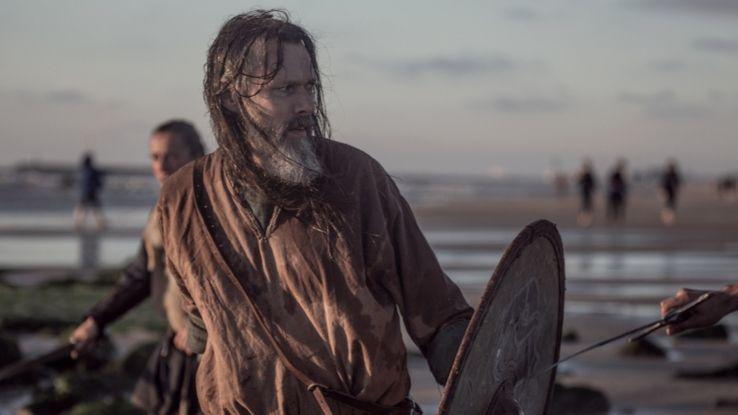
Evidence of thriving Viking settlements in North America has been discovered, and Newfoundland seems to have been a hotspot for Viking activity in the 1000s. The Vikings there had trading relationships with the ancient ancestors of modern Algonquin and the Inuit tribes. By the time other explorers reached the area in the 1500s, all the Vikings had either left Canada or died.
Viking Isn’t the Name of an Ethnic Group
Referring to all the people who lived in Scandinavia during what historians now refer to as the Viking Age is actually a huge misnomer. Viking isn’t an ethnic group, and not everyone who lived in Scandinavia from 800 to 1066 AD was a Viking.

It would be fair to use the term to describe the men (and a few women) who participated in the raids that are synonymous with their culture. The people were simply ancient Norse people, and being a Viking was more like a profession for some. Otherwise, it’s like referring to Americans as soldiers simply because some Americans join the army.
Vikings Weren’t Huge
Vikings are often thought of as tall, muscular, blonde brutes. However, analysis of skeletal remains proves that, on average, they were much shorter than we thought. In fact, they were about 4 inches shorter than the average modern man.
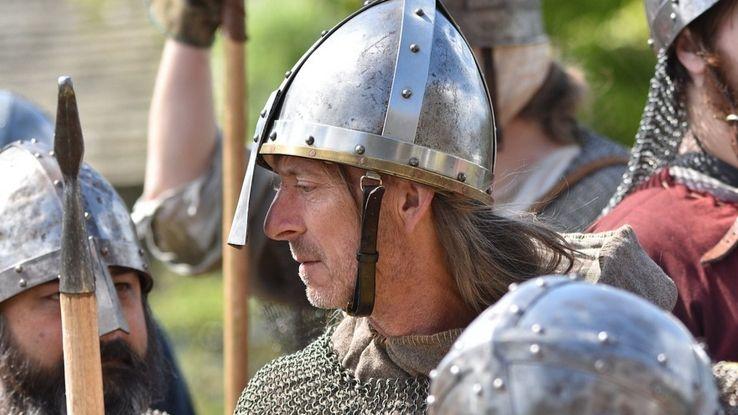
Vikings and other ancient people often ate diets that were lacking in major nutrients, and that generally made them much shorter than modern humans. People ate the foods that were available in their area. If key vitamins weren’t found in the plants and animals near a group of people, they didn’t get those nutrients.





